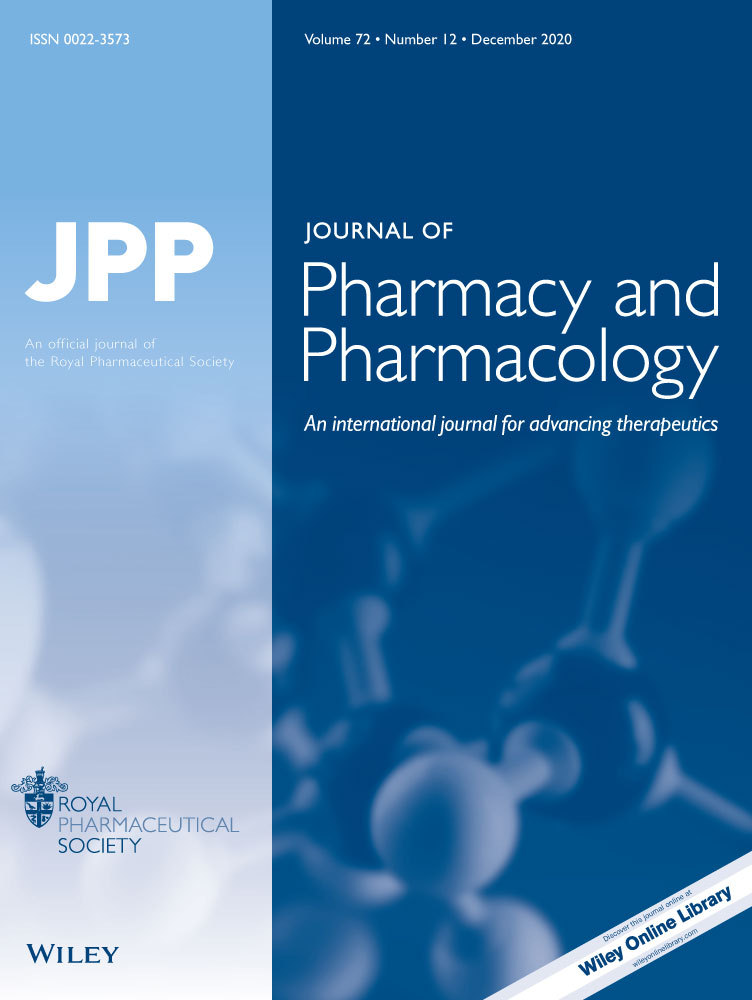Variation of Population Release Kinetics in Polydisperse Multiparticulate Systems (Microcapsules, Microspheres, Droplets, Cells) with Heterogeneity of One, Two or Three Parameters in the Population of Individuals
Abstract
Abstract— Release kinetics of active substances from ensembles of microparticles such as microcapsules, cells, droplets and liposomes constituted of individual entities releasing their contents at constant rates may follow zero order, first order, sigmoid or biphasic equations. The release equation observed depends upon the statistical distribution of release-determining parameters among the population. Typical cases are presented in terms of the distribution of two parameters, payload (m∞ and time for complete payload release (t∞) which also define the release rate constant (k). Heterogeneity of the two parameters generally leads to first order ensemble behaviour, whereas heterogeneity of one parameter only may lead to different ensemble release equations, viz. zero order (m∞ heterogeneous) or first order (t∞ heterogeneous). Biphasic distribution can lead to an apparent ‘burst’ effect, with apparent change of kinetics. The presence of a third heterogeneous parameter, lag time, yields a sigmoid ensemble release curve. These conclusions are demonstrated by simulations or experimentally, and are also valid for linearized curves of microparticles following matrix kinetics.




